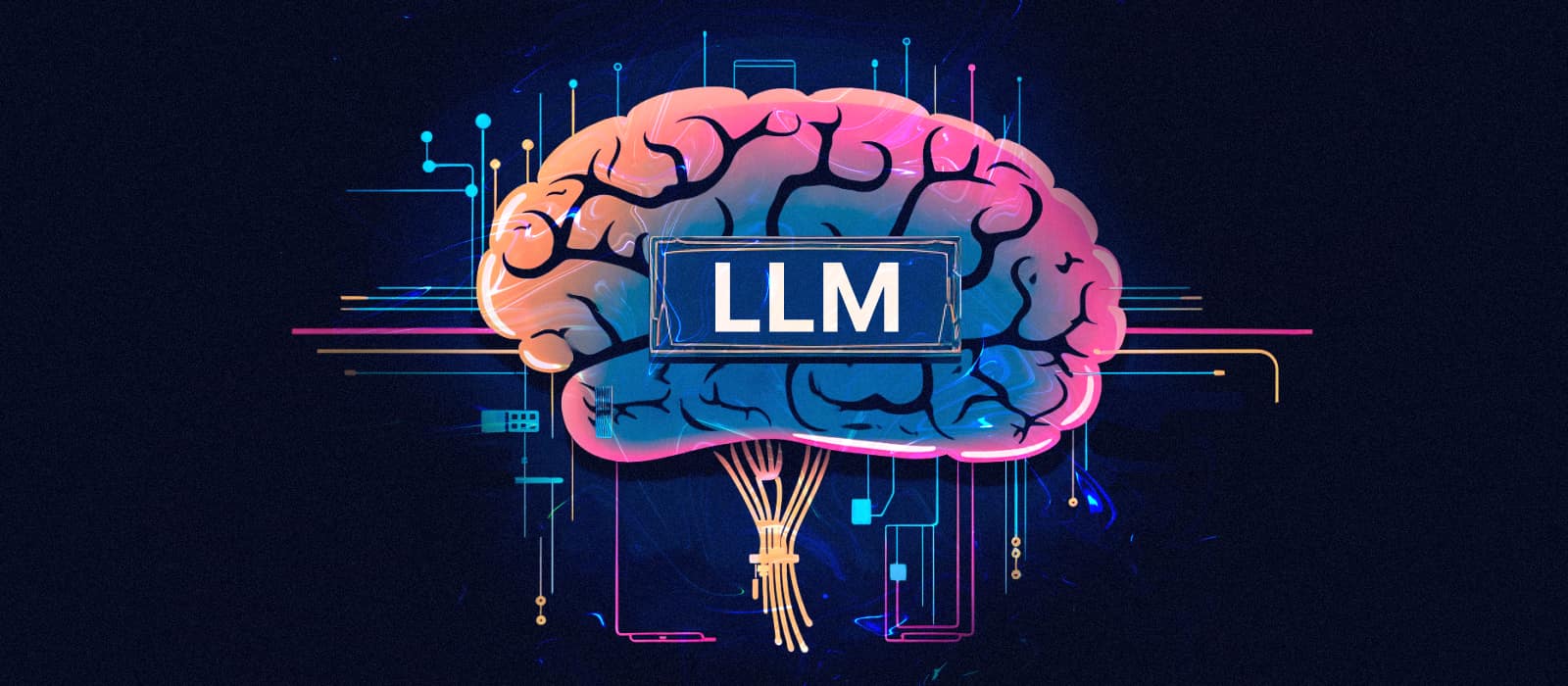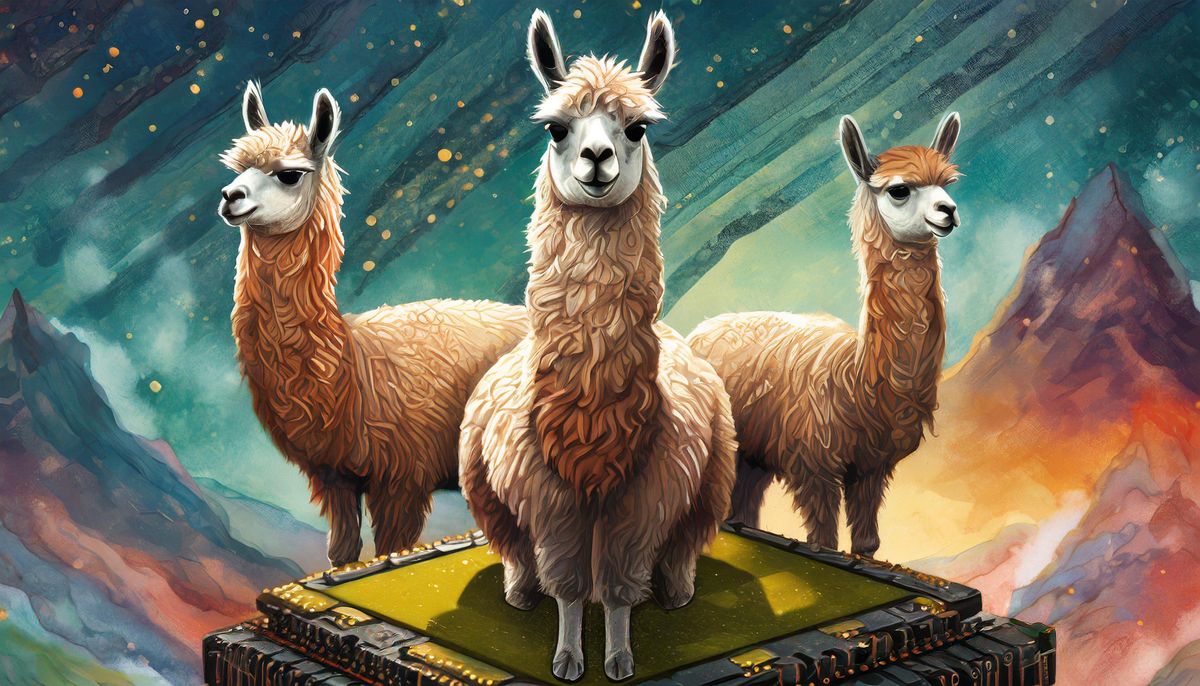Meta's Llama 3: The Game-Changing Open-Source AI Set to Revolutionize the Industry
The integration of multimodal capabilities in Llama 3 opens up a world of possibilities for more versatile applications. For example, chatbots and virtual assistants powered by Llama 3 could understand and generate responses based on images or videos, in addition to text.

In the rapidly evolving world of artificial intelligence (AI), Meta's upcoming release of Llama 3, a large language model (LLM), is generating significant buzz and anticipation within the tech and AI communities. As the successor to the widely discussed Llama 2, Llama 3 promises to be a groundbreaking advancement in AI technology, boasting enhanced capabilities, open-source accessibility, and the potential to rival industry leaders like OpenAI's GPT-4.
We dive into the expectations surrounding Llama 3, exploring its projected features, improvements over its predecessor, and the implications it may have on the AI landscape. We'll examine how Meta aims to address the limitations of Llama 2, the significance of Llama 3's open-source nature, and its potential to democratize access to cutting-edge AI technology.
Enhanced Capabilities and Performance
One of the most anticipated aspects of Llama 3 is its substantial leap forward in terms of capabilities and performance. With a projected parameter count of up to 140 billion, Llama 3 is expected to offer enhanced reasoning abilities and more accurate responses to a wider range of queries, including those of a controversial nature.

The increased parameter count suggests that Llama 3 will be capable of handling more complex tasks and providing nuanced answers, potentially improving upon the limitations faced by its predecessor, Llama 2. This enhancement in performance is a testament to Meta's commitment to pushing the boundaries of AI technology and delivering cutting-edge solutions to developers and users alike.
The implications of Llama 3's enhanced capabilities are far-reaching, with the potential to revolutionize various industries and applications. From more sophisticated chatbots and virtual assistants to advanced language translation and content generation, Llama 3's improved performance could unlock new possibilities and drive innovation across multiple sectors.
Open-Source Accessibility
One of the most significant aspects of Llama 3 is its expected release as an open-source model, following in the footsteps of its predecessors. This approach underscores Meta's commitment to democratizing access to cutting-edge AI technology, allowing developers and researchers to integrate Llama 3 into their own applications and solutions without incurring costs.

The open-source nature of Llama 3 is particularly significant in fostering innovation and collaboration within the AI community. By making the model freely available, Meta is encouraging developers and researchers to build upon Llama 3's capabilities, adapt it to their specific needs, and contribute to the overall advancement of AI technology.
Moreover, the open-source accessibility of Llama 3 could have a profound impact on the AI industry as a whole. It challenges the traditional model of proprietary AI systems, which are often expensive and inaccessible to smaller organizations and individual developers. By providing a powerful, open-source alternative, Llama 3 could level the playing field and enable a wider range of actors to participate in the development and application of AI technology.

Multimodal Capabilities
Another highly anticipated feature of Llama 3 is its expected multimodal capabilities, allowing it to process and understand both text and visual inputs. This marks a significant advancement over previous versions, which primarily focused on text-based interactions.

The integration of multimodal capabilities in Llama 3 opens up a world of possibilities for more versatile applications. For example, chatbots and virtual assistants powered by Llama 3 could understand and generate responses based on images or videos, in addition to text. This could greatly enhance user experiences and enable more natural and intuitive interactions with AI systems.
Furthermore, the multimodal capabilities of Llama 3 could have significant implications for industries such as e-commerce, where visual search and product recommendations based on images are becoming increasingly important. By leveraging Llama 3's ability to understand and process visual information, businesses could develop more sophisticated and personalized shopping experiences for their customers.

Competition with GPT-4
One of the most intriguing aspects of Llama 3 is its potential to compete directly with OpenAI's GPT-4, currently considered one of the most advanced LLMs available. With its enhanced capabilities and open-source model, Llama 3 aims to offer a compelling alternative to GPT-4, potentially outperforming it in certain cognitive tasks and applications.
Competition between GPT-4 and Llama 3. Buzz Byte generated
The competition between Llama 3 and GPT-4 underscores the rapidly evolving landscape of AI technology and the ongoing race to develop more powerful and versatile LLMs. As these models continue to advance, they push the boundaries of what is possible with AI, driving innovation and unlocking new opportunities across various industries.
The rivalry between Llama 3 and GPT-4 also highlights the importance of open-source initiatives in the AI space. While GPT-4 remains a proprietary model, Llama 3's open-source nature could give it a competitive edge in terms of accessibility, collaboration, and community-driven development. This could ultimately lead to a more diverse and vibrant AI ecosystem, benefiting developers, researchers, and end-users alike.
Addressing Previous Limitations
Meta's development of Llama 3 is not only focused on introducing new capabilities but also on addressing the limitations observed in its predecessor, Llama 2. One of the primary criticisms of Llama 2 was its restrictive nature and limitations in providing context to controversial queries.

To address these issues, Meta is making concerted efforts to "loosen up" Llama 3, enabling it to provide more comprehensive and nuanced responses to a wider range of queries. This involves improving the model's ability to understand and respond to controversial topics, as well as enhancing its overall performance and efficiency.
By addressing the limitations of Llama 2, Meta aims to create a more useful and versatile AI assistant that can better serve the needs of developers and users. This commitment to continuous improvement and responsiveness to user feedback is crucial in driving the development of AI technology that is not only powerful but also practical and user-friendly.
Anticipation and Speculation
As the release of Llama 3 draws closer, the AI community is buzzing with anticipation and speculation about its capabilities, sizes, and specific improvements over Llama 2. Discussions revolve around the potential for native multimodality, multilingual support, major architectural improvements for speed, context, and efficiency, and the ability to produce structured text more effectively.
The excitement surrounding Llama 3 is a testament to the growing importance of AI technology in shaping the future of various industries and applications. As developers, researchers, and businesses eagerly await the release of Llama 3, they are already envisioning the potential use cases and innovations that could be unlocked by this powerful open-source model.

Moreover, the anticipation and speculation surrounding Llama 3 highlight the collaborative and community-driven nature of the AI industry. As developers and researchers share their ideas, expectations, and potential applications for Llama 3, they contribute to a vibrant ecosystem of innovation and knowledge-sharing that drives the advancement of AI technology as a whole.
Conclusion: Big Expectations
Meta's upcoming release of Llama 3 is set to be a game-changer in the AI industry, offering a powerful, open-source alternative to proprietary models like GPT-4. With its enhanced capabilities, multimodal support, and commitment to addressing the limitations of its predecessor, Llama 3 has the potential to revolutionize the way developers and businesses leverage AI technology.

As the AI community eagerly awaits the release of Llama 3, it is clear that this model represents a significant milestone in the democratization of AI technology. By providing a cutting-edge, open-source solution, Meta is empowering developers and researchers to push the boundaries of what is possible with AI, fostering innovation and collaboration on an unprecedented scale.
The implications of Llama 3 extend far beyond the AI industry itself, with the potential to transform various sectors, from e-commerce and customer service to content creation and language translation. As businesses and developers begin to integrate Llama 3 into their applications and solutions, we can expect to see a wave of innovation and disruption across multiple industries.
Ultimately, the release of Llama 3 underscores the rapid pace of advancement in the AI field and the critical role that open-source initiatives play in driving progress. As we stand on the cusp of this exciting new chapter in AI development, it is clear that Llama 3 will be a catalyst for change, setting new benchmarks for performance, accessibility, and collaboration in the AI community.





